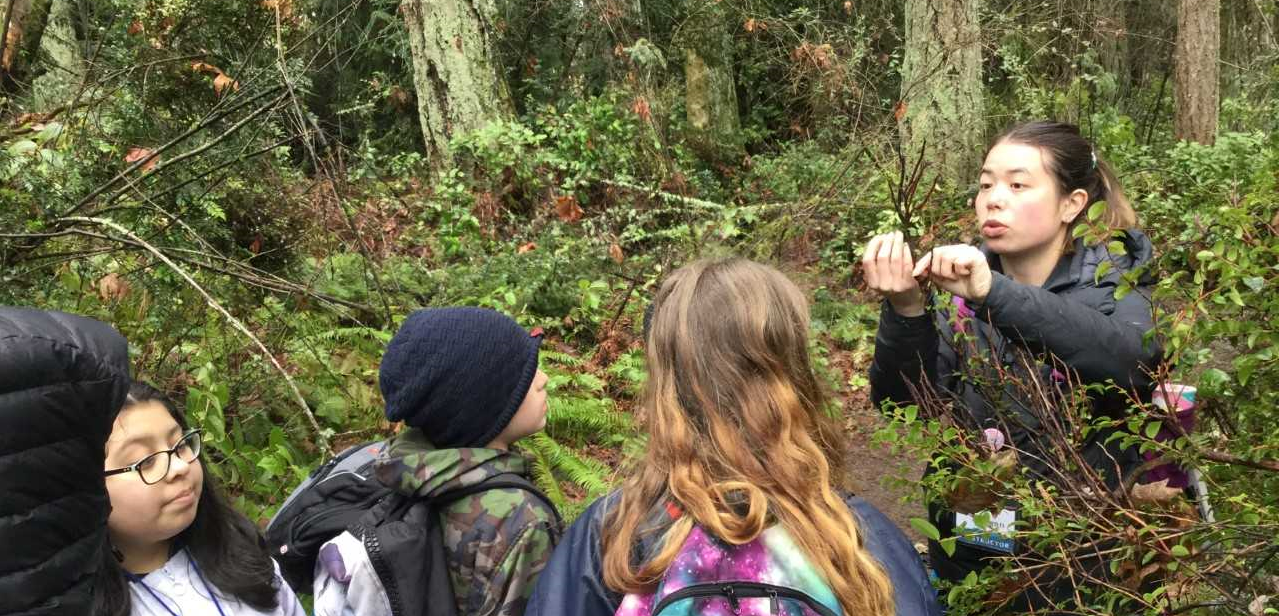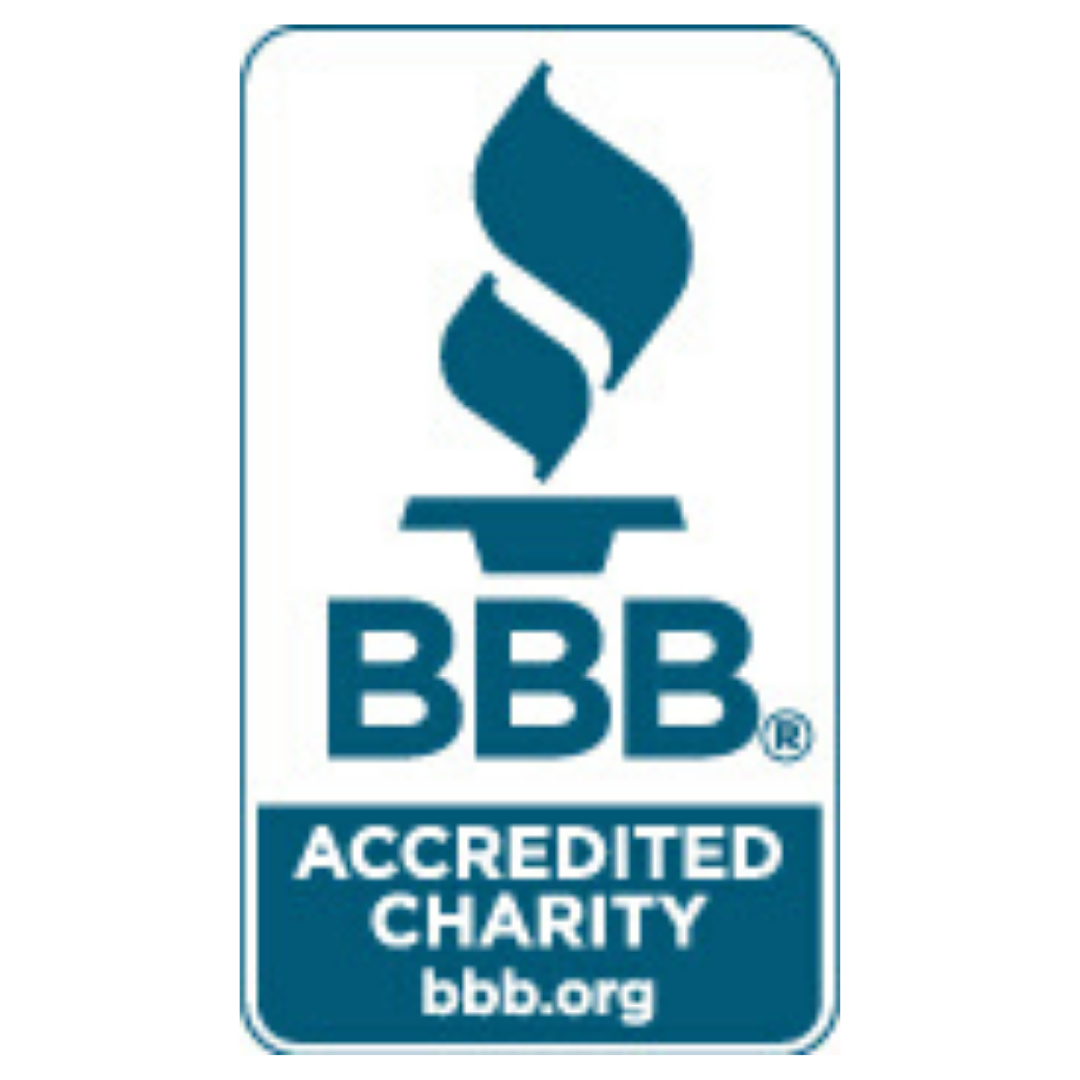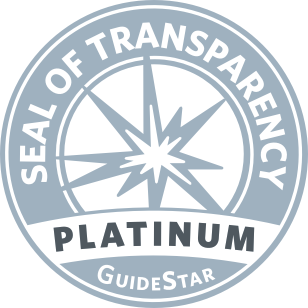IslandWood Graduate Program Director Dr. Déana Scipio and Urban School Programs Educator Laura Brown recently…
Author: Julia Glassy, Graduate Student
Throughout the week, my students and I explored the life cycle of salmon by discussing their habitat and developmental stages. However, we not only talked about what happens as the young salmon move downstream to the estuary and into the ocean, we also followed the migration of salmon, as we too made our way along a stream to Blakely Harbor, our estuary. On our way back to campus, we discussed what changes occur as the adult salmon return to the estuary and then back up their birth stream.
My group started in the Welcome Center and Great Hall where I introduced the Coast Salish tribe and the importance of salmon due to the proximity of fresh and saltwater. IslandWood is on the land of the Suquamish People, a fact I introduce and acknowledge with my students to help them understand this place a little more. In our conversations, it became clear that students knew the general lifecycle of salmon and that salmon were and still are a main food resource for people. While my students knew more than I expected, they were thrilled to keep learning. The introductory activity also gave me a framework, theme, and tone for how to teach the rest of my week.
Our investigation for the week involved measuring the velocity of a stream and using claim and evidence statements to see if it was habitable for salmon. Testing the stream velocity was without a doubt one of my favorite investigations I have done at IslandWood. We unspooled a tape measure along the bank of a stream and used stop watches to time how long ping pong balls took to travel a given distance. Everybody had a role to play, whether it was recording the data or dropping the ping pong ball into the water. My students noticed that there was a concrete retaining wall that blocked most of the stream, but water was still able to spill over the top allowing it to continue downstream. They also noted that the water looked pretty dirty. About seven out of ten claimed that the stream was not suitable for salmon, not because of its speed, but because of these observations. My chaperone told me that evening that the students in my group talked about the stream investigation all throughout their rest time in the lodge. The next day she said that my students still had not stopped talking about exploring the stream.
Another memorable experience during my salmon-themed week was when my group made fish prints or gyotaku. Bainbridge Island was the home to one of the largest saw mills in the world whose jobs attracted people from around the globe. Many of the Japanese individuals that came over to work at the mill ended up staying on Bainbridge even after the saw mill closed. Japanese-Americans are an important part of Bainbridge history and its present-day community. Historically, Japanese people would create a print with ink of the fish they just caught as a record of their catch. This was their main way to catalog the size and species of fish before present technology and resources. The practice of gyotaku for cataloging the catch by fisherman is still practiced today.
With my students I used rubber fish. They loved that the paint captured the fine details of the fish on the paper. Most of my students were hesitant at first to do fish printing, but each one of them got excited within minutes of beginning. The following morning, every one of my students came up to me and reminded me that we needed to get their fish prints before they left to go back to school. This tells me that they were really invested in the lesson and wanted to make sure they could share their masterpieces with friends and family. This was a cultural as well as an art-integrated experience in which students could use different colors than the standard fish colors and see the details of salmon. Additionally, this art piece gave my students something special to take with them to remember their week at IslandWood learning about salmon, culture, history, and art.
I loved having a theme for my teaching week. This helped me organize my thoughts and ideas by making sure each activity, game, and lesson connected back to salmon. As an educator, themes also help me have clear expectations and information for my students so they too can have a successful week at IslandWood.










